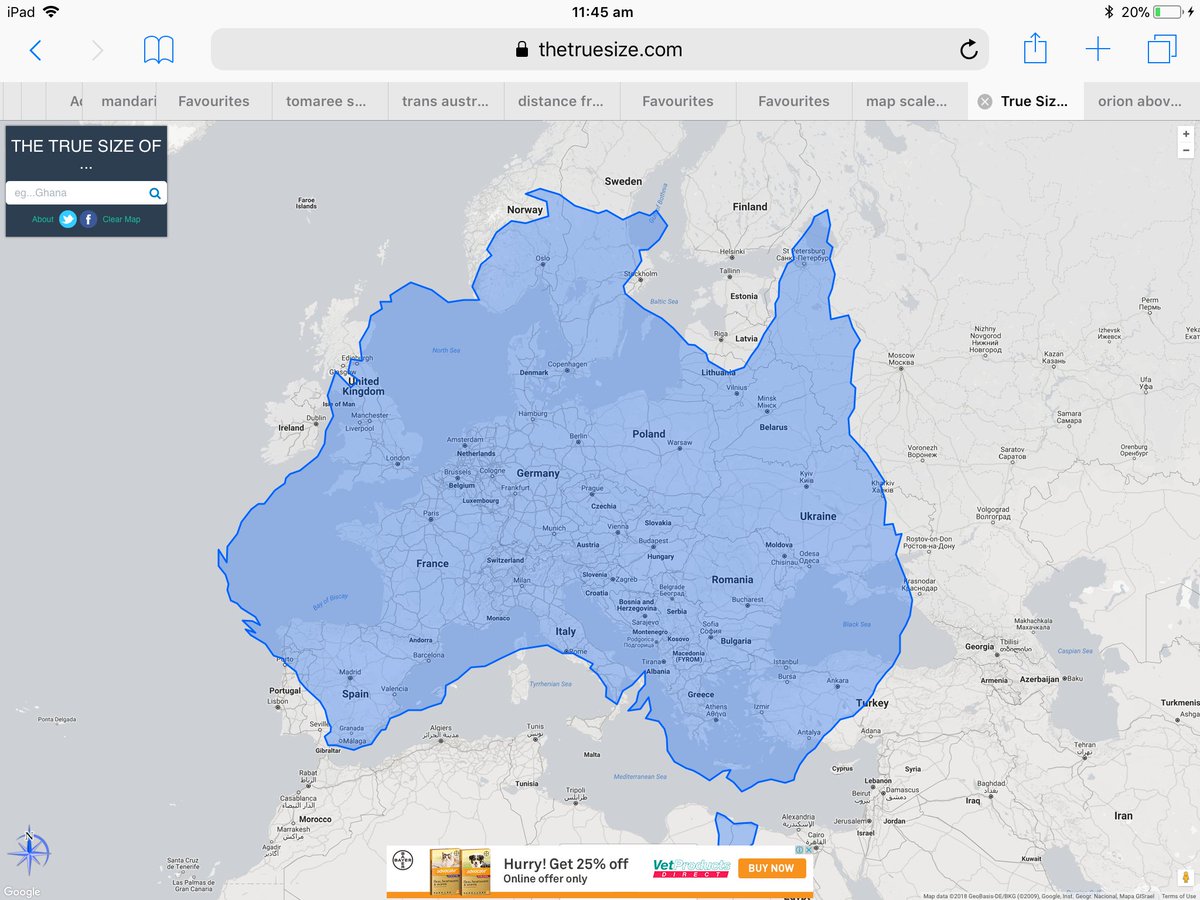

This Catalog includes citations, viewable documents, and links to downloadable files on the subjects of general geology, natural hazards, earth resources, geophysics, geochemistry, geochronology, stratigraphy, paleontology, and marine geology.

Provides access to more than 100,000 geologic maps and other types of geoscience reports and data published from the early 1800s to the present day, by the USGS, the State Geological Surveys, and hundreds of other organizations. This congressional mandate for State-Federal collaboration has proven invaluable, facilitating progress on many technical issues that would otherwise be much more difficult to achieve by separate efforts within the numerous agencies. At meetings each year (including the annual Digital Mapping Techniques workshops), technical plans and progress are reported, and discussion and comment is requested.

The Act further stipulates that all new information contributed to the NGMDB should adhere to technical and science standards developed as needed under the guidance of the NGMDB project. It is a Congressionally-mandated function under the Geologic Mapping Act and has been a strong example of State-Federal cooperation since its inception in 1995. The Act stipulates that the USGS (represented by the National Cooperative Geologic Mapping Program) and the Association of American State Geologists (AASG) will create and maintain the National Geologic Map Database as a National Archive of spatially referenced geoscience data including geology, geochemistry, geophysics, paleontology, and geochronology. The National Geologic Map Database (NGMDB) is the primary source for geologic map and related geoscience information of the United States. They are used to solve diverse land-use issues such as finding, developing, and managing mineral, energy, and water resources reducing losses from natural hazards including earthquakes, volcanoes, landslides, and other ground failures evaluating and planning for land management mitigating the effects of coastal and stream erosion and siting waste repositories, highways, and pipelines. Their usefulness is so broad that geologic maps are the most requested scientific product produced by state and federal geological surveys (see Meeting Challenges with Geologic Maps). Geologic maps show the distribution, composition, and age of the rocks and sediments.


 0 kommentar(er)
0 kommentar(er)
